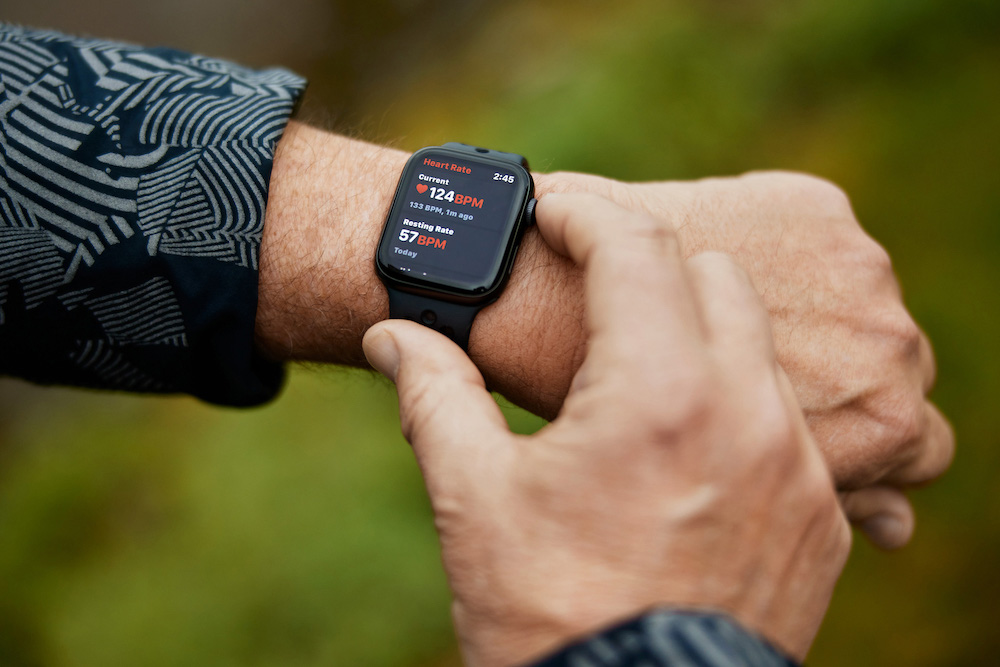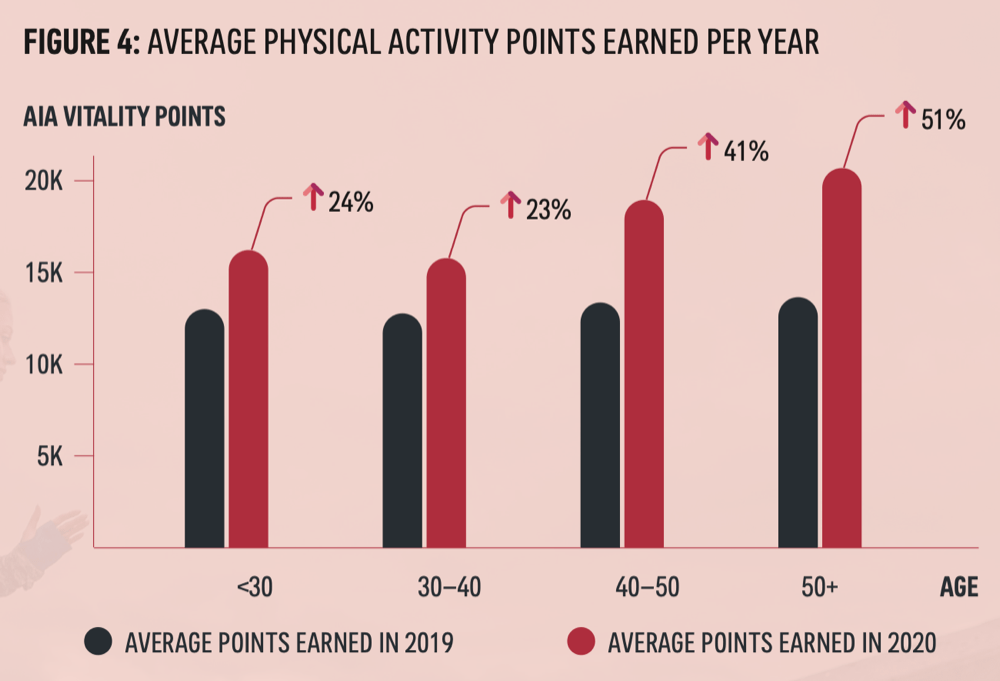Apple Watch really is good for you, says Vitality health

Use the Watch to protect your heart
Australian health insurer AIA has confirmed that using an Apple Watch is genuinely good for you in terms of promoting physical activity. It says people using an Apple Watch move as much as 51% more than they did before.
Keeping your heart healthy
We know there’s a link between movement, physical activity and conditions including diabetes, heart disease and more. We know how easy it is to become physically inactive, particularly as we age. It’s easy to slip into an inactive comfort zone in which people may become less aware of how little activity they engage in.
This is something many insurers now try to address with insurance plans that tie activity up to Apple Watch. You get cheaper insurance, they get few claims. That’s also why AIA’s claim that people over 50 move as much as 51% more than they did before once they wear an Apple Watch is such a positive assertion.
This benefit isn’t confined to over 50’s.
The research shows benefits across every age group, averaging out at a 35% improvement in activity. There were 1,198 customers in the sample group, the company says.
They also point to their own data to argue that the Watch actually has a tangible impact that goes beyond novelty:
“AIA Vitality members physical activity behaviour was reasonably consistent for two years prior to the introduction of the Apple Watch Benefit and that it’s introduction genuinely drove members that opted-in to the benefit to increase their physical activity – rather than 2020 being an anomaly,” they said.

Benefits are visible across all age groups
This seems to be a global state
The information is drawn from a far wider global survey that makes similar claims. Using data drawn from across 400,000 Vitality customers worldwide, the earlier study made a host of discoveries, including:
- Taking-up the Vitality Active Rewards with Apple Watch benefit, compared to the Vitality Active Rewards scheme, is associated with an average increase of tracked activity days per month of about 34 per cent, leading to an additional 4.8 days of activity per month.
- There is some variation across the three country samples, with the largest percentage increase in total activity days in South Africa (44.2 per cent), followed by the United States (30.6 per cent) and the United Kingdom (27.7 per cent).
- Looking at the different exercise intensity categories — light, standard and advanced activity — the largest relative increase for members is among the advanced activity days, suggesting that there is not only an overall increase in activity levels but also an increase in more intense exercise events.
- The Apple Watch benefit that motivates groups such as obese people to be more active. In this at-risk group the uptake of the benefit is associated with an average increase in tracked activity levels in the range of 109 per cent (SA), 160 per cent (UK) and 200 per cent (US), corresponding to an absolute increase in activity days per month of 4.5 days (SA), 5.7 days (UK) and 1.8 days (US). However, it is important to highlight that the uptake rate of the benefit is generally lower among this group.
Push me, pull you
In a sense, these findings aren’t hugely surprising.
That’s because the data came from research conducted within the insurer’s AIA Vitality program, which gives people a free Apple Watch if they meet the movement goals.
[Also read: How make Apple Watch stats better during Workouts]
The inducement of knowing you’ll have to pay a fee if you don’t move a little more along with the information provided by the watch work together to boost activity.
And while that’s perhaps a less exciting claim than to say it’s the watch that done it, it’s still a positive message that reinforces how the combination can promote healthier habits. More news and how to’s for Apple Watch users here.
Via: iMore.
Please follow me on Twitter, or join me in the AppleHolic’s bar & grill and Apple Discussions groups on MeWe.




